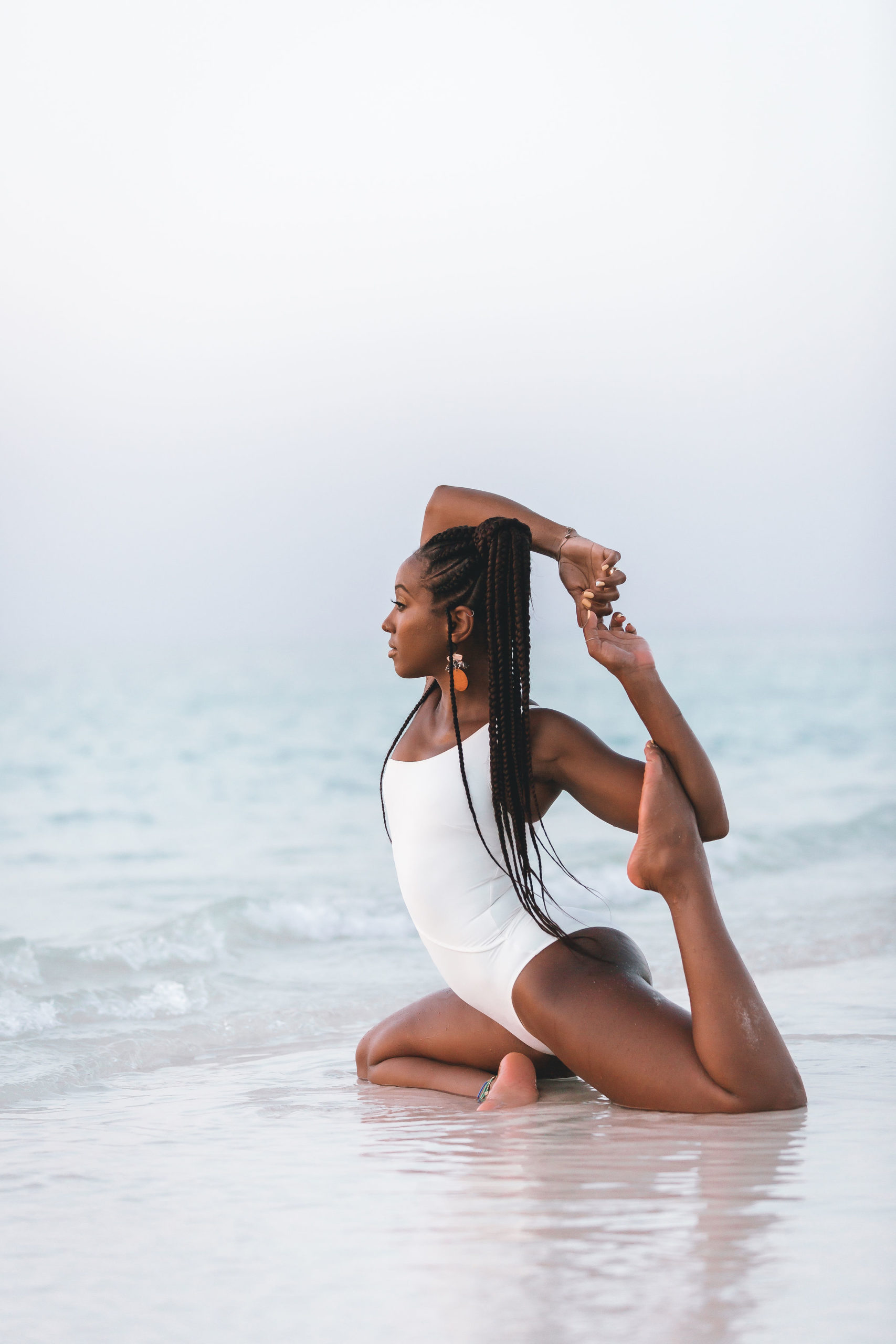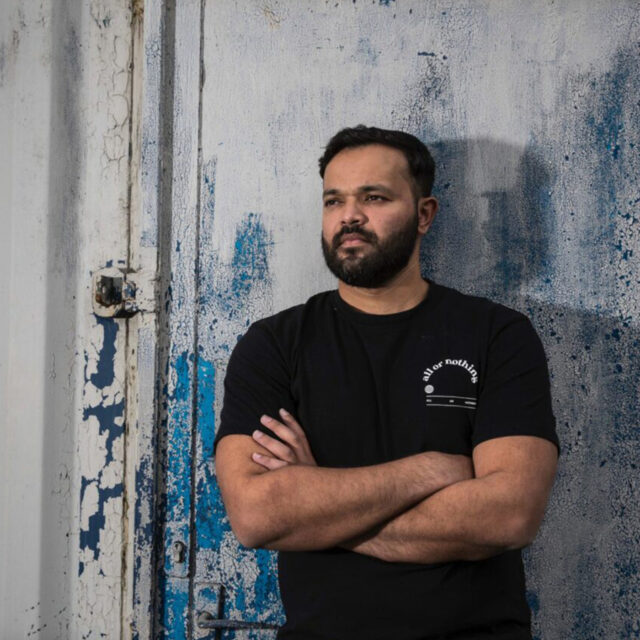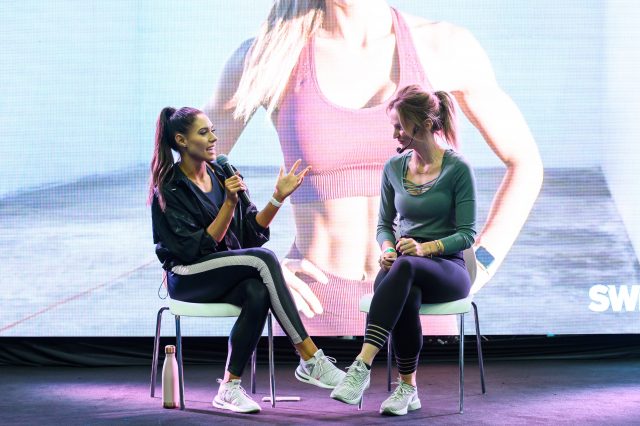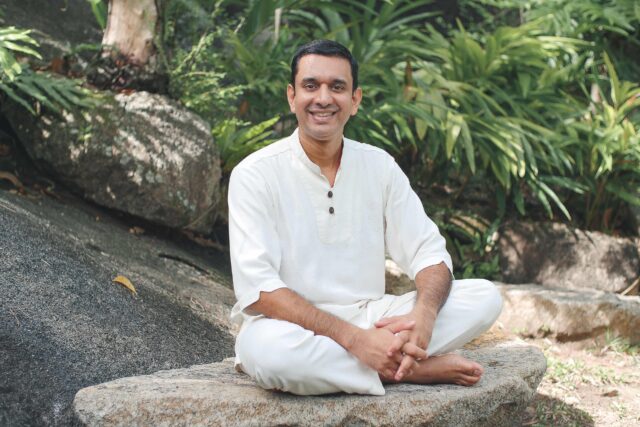Being Black in the yoga and wellness space is like being Black in many places: you often find that you’re the only one in the room and you regularly come up against discrimination.
My experience as a student, both in the United States and in the UAE, has been that it is difficult to find truly inclusive wellness studios and spaces. It’s even more difficult to find Black representation among teachers. The cultural appropriation of yoga by white westerners has been so thorough that most of the marketing is not geared toward anyone who looks like me.
As well as the common perception that yoga is only for flexible and “fit” people, many Black men and women I speak to have also been led to believe that yoga is not for them. This is simply because of how yoga is marketed and the challenge of finding a teacher who can relate to their experiences. Even worse, many studios and teachers perpetuate racism and subtle micro-aggressions toward Black students in a class.
This is certainly the situation in the UAE, which is home to many nationalities. Even though Egypt and India (where yoga originated) are only a few hours away by plane and those nationalities combined make up at least 30 percent of the UAE population, the majority of teachers and business studio owners are Western and white. After several years of practicing in these predominantly white spaces, I became inspired to become a teacher myself, specifically so I could show Black people that yoga is also for them and start creating spaces for them where none existed before.
Those who have practiced yoga for awhile know it is much more than a physical exercise. Yoga is about becoming better versions of ourselves through yogic principles such as satya (truthfulness), ahimsa (non-violence), and svadhyaya (self-study). Studio owners who truly desire to create inclusive spaces can start by using these principles to examine their own prejudices and look at how they, as teachers, might be reinforcing racism within the studio space.
It is important to be aware that yoga studios and the practice of yoga do not exist in a vacuum and they are not immune to social injustice issues. There is always room for improvement and for yoga teachers and business owners, this should be top priority. There are plenty of resources on anti-racism easily available on the internet and from social justice educators.
My biggest hope is that those who have been inspired to act against racism after recent incidents of police brutality in the US are genuinely committed and are not using Black lives and performative activism in order to appear socially relevant and trendy.
I look forward to seeing more inclusion and more Black yoga practitioners and teachers worldwide. This shift in the wellness space is long overdue.
To access Melody’s virtual yoga classes, follow her on Instagram.
• This article originally ran in August 2020.






